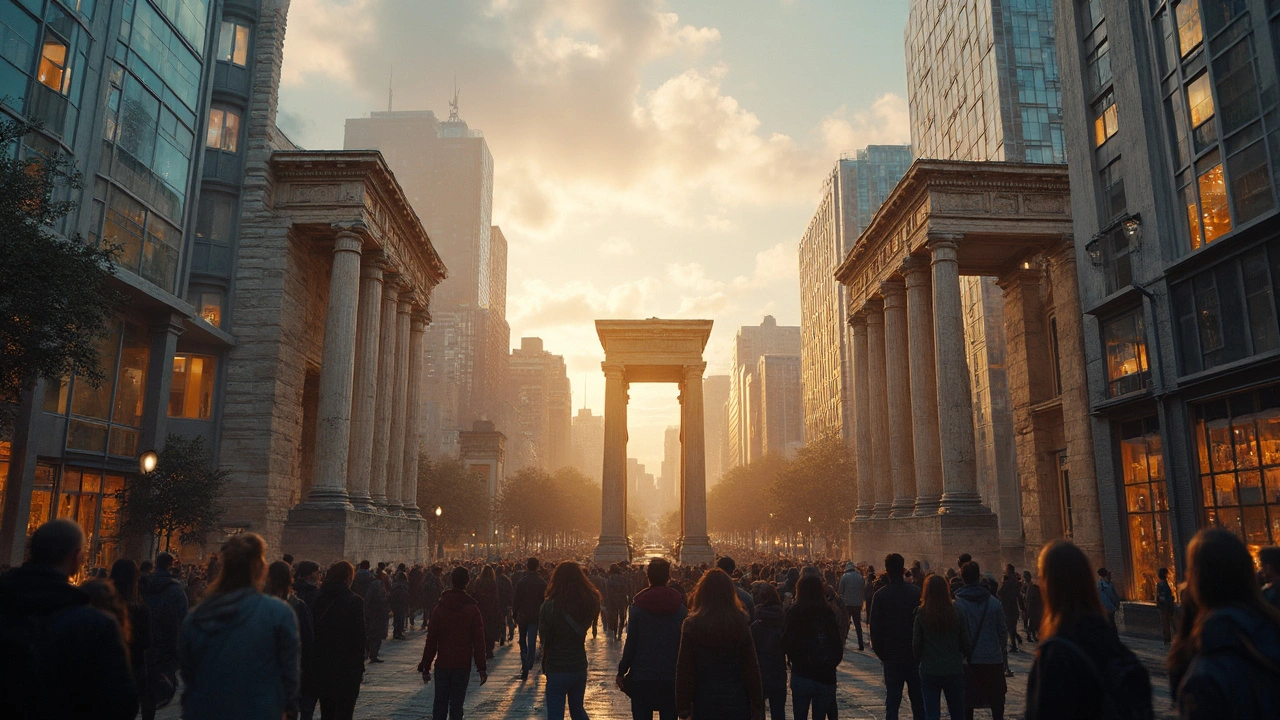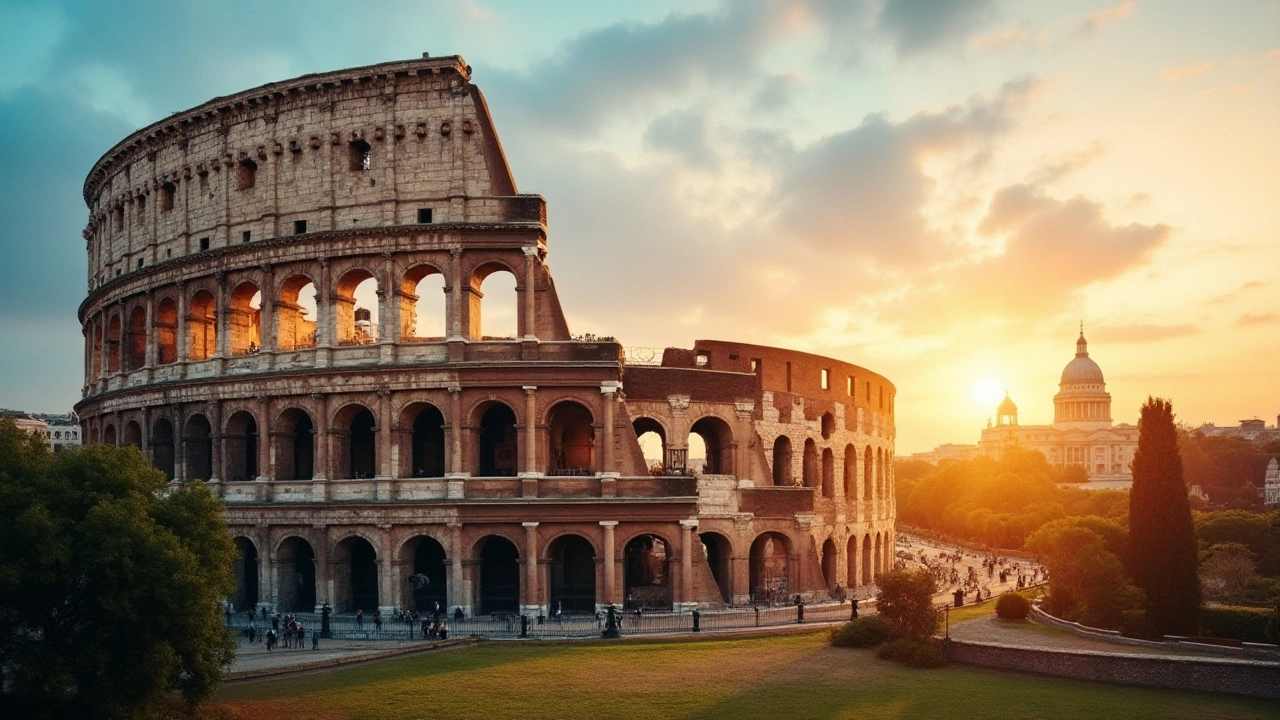Explore why ancient Roman architecture still matters today, uncover its clever innovations and the timeless ways it shapes our world.
Roman engineering: how ancient builders solved big problems
Want to know why some Roman structures still stand after two thousand years? Their engineering choices were simple, clever, and focused on long-term performance. This page breaks down the practical techniques Romans used, shows real examples, and gives quick tips you can use when you study or restore historic buildings.
Key Roman innovations
Concrete changed everything. Roman concrete mixed lime with volcanic ash (pozzolana) and rubble. That mix set under water and often got stronger over time. The Pantheon’s unreinforced concrete dome is a proof-of-concept: wide, light where needed, and built with layered materials to control weight.
Arches and vaults let Romans span big spaces without massive timber. A semicircular arch channels loads to the sides, so walls could be thinner and buildings taller. Combine arches into barrel and groin vaults and you get long covered halls, baths, and amphitheaters with fewer supports.
Roads and drainage were designed to last and to be easy to maintain. Roman roads used layers of compacted stone, sand, and paving slabs for drainage and stability. The same idea shows up in their sewers and aqueducts: slope, clear channels, access points for cleaning.
Water management was precise. Aqueducts kept a steady, gentle gradient for many kilometers. Lead pipes and stone channels brought water into cities, while the Cloaca Maxima handled sewage. They measured, surveyed, and repeated details so systems worked across whole regions.
How to spot Roman engineering today
Look for semicircular arches, thick piers, and vaults. Check wall cores: Roman walls often have a concrete core faced with dressed stone or brick. Notice coffering in domes (recessed panels) — a weight-saving detail. For roads, you’ll see layered construction and a raised camber for runoff. Aqueducts are obvious, but smaller channels and settling basins reveal the water logic.
Materials tell a story. Volcanic ash in mortar, fired bricks with regular dimensions, and dressed stone blocks point to Roman methods. Milestones, inscriptions, and consistent unit sizes show they standardized work across the empire.
Practical takeaways for modern builders and preservationists: use layered construction to control weight and moisture; design for access and cleaning; favor materials and mixes that handle the local environment. Studying Roman details helps when you preserve old work or design durable public infrastructure today.
Curious to read deeper? Our site has articles on Roman building techniques, key monuments like the Pantheon and Pont du Gard, and how historic methods influence modern design. If you love practical details and real-world examples, start with the pieces on Roman construction and follow the links to related styles and preservation tips.
Immerse yourself in the grandeur of Roman architecture as we explore its lasting influence on modern design. This article delves into the architectural innovations and construction techniques that have stood the test of time. Discover fascinating elements of Roman design such as the use of arches, vaults, and aqueducts. Learn about key structures that exemplify Roman architectural excellence and gain insights into how these ancient techniques continue to inspire today's architects. By understanding Roman architecture, one can appreciate the blend of creativity and engineering that shaped an era.
This article delves into the ingenuity and artistry of Ancient Roman architecture. It explores the principles and techniques that made Roman structures stand the test of time. Discover how the Romans innovated in their use of materials, design, and engineering to create iconic buildings and infrastructure.



